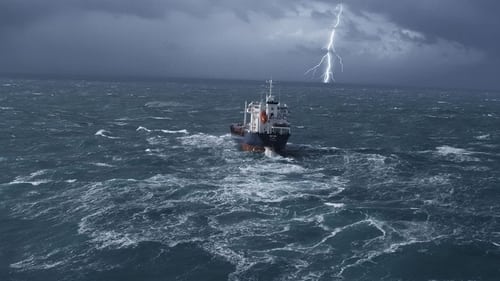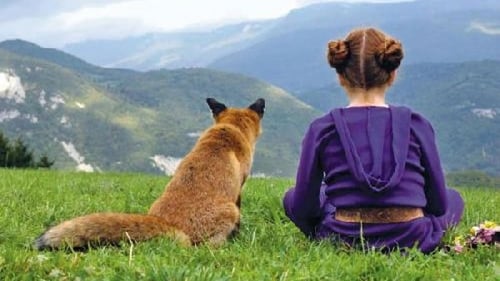
Cinematography
In the northern hemisphere, snow is produced by atmospheric low pressure areas that move in from the western Atlantic in the form of huge cloud masses. Snow is vital to the balance of mountain ecosystems. Many animal and plant species at high altitudes depend on it for their survival. But due to global warming, snow is falling less and less. Will there be no more snow in the future? In the Alps and eastern US the situation is clear: as temperatures rise, snow falls less and less, and snow periods tend to shorten. This threatens the mountain flora and fauna. What future do the marmots or alpine bells have without a heat-insulating layer of snow? What future do the marmots or alpine bells have without a heat-insulating layer of snow? What will happen to the conifers in North America without the annual frost protection? Research teams are looking at the implications for snow-adapted species. The documentation shows animal mountain dwellers, who hope for the long-awaited snow every winter.

Director
In the northern hemisphere, snow is produced by atmospheric low pressure areas that move in from the western Atlantic in the form of huge cloud masses. Snow is vital to the balance of mountain ecosystems. Many animal and plant species at high altitudes depend on it for their survival. But due to global warming, snow is falling less and less. Will there be no more snow in the future? In the Alps and eastern US the situation is clear: as temperatures rise, snow falls less and less, and snow periods tend to shorten. This threatens the mountain flora and fauna. What future do the marmots or alpine bells have without a heat-insulating layer of snow? What future do the marmots or alpine bells have without a heat-insulating layer of snow? What will happen to the conifers in North America without the annual frost protection? Research teams are looking at the implications for snow-adapted species. The documentation shows animal mountain dwellers, who hope for the long-awaited snow every winter.

Camera Operator

Aerial Director of Photography
Ameaçados pelas armas de fazendeiros do sul da África, alguns chacais-de-dorso-negro encontraram um novo abrigo em uma área restrita e árida: a Costa dos Esqueletos, na Namíbia. Aqui, eles se adaptaram a um novo estilo de vida.

Director of Photography
Ameaçados pelas armas de fazendeiros do sul da África, alguns chacais-de-dorso-negro encontraram um novo abrigo em uma área restrita e árida: a Costa dos Esqueletos, na Namíbia. Aqui, eles se adaptaram a um novo estilo de vida.

Director
200 kmh winds, 18 cyclones, 12 countries - Andy Byatt (Blue Planet, Earth) Cyril Barbançon and Jacqueline Farmer have teamed up with NASA and composer Yann Tiersen to bring this thrilling and immersive experience to the big screen. Beginning its tumultuous journey as an ominous sandstorm in Senegal, heading west across the Atlantic to toss enormous ships and waves topsy-turvy, then crashing into the jungles of the Caribbean, we live inside this hurricane, and it is truly awesome, scary and incredible. Ants, lizards, bats, frogs, horses, homeless men, rivers, ocean reefs, the US Gulf coast - all bend before the power of this monsoon turned magnificent. We see it from space, we see it through the eyes of animals, from the operations' rooms of the emergency agencies meant to warn us and help us cope - and we see it from the ground as it explodes and unleashes its fury upon us.

Camera Operator
Uma mulher (Isabelle Carré/Kate Winslet na versão inglesa) conta uma história de sua época de criança: em uma manhã de Outono, ela ficou fascinada por uma raposa, e, passados alguns meses observando-a, resolveu se aproximar e desenvolver uma amizade. A partir de seu relacionamento com a raposa - a qual ela chama de Lily - e seus filhotes, a então menina (Bertille Noël-Bruneau) aprende duras lições sobre a vida e sobre como é difícil lidar com animais selvagens.





